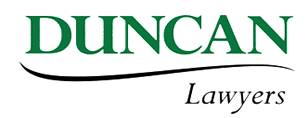We found ourselves in a room full of legislative drafters at the PCC/CALC Pacific Regional Conference “Drafting for the 21st Century” held in Canberra in April 2018. Undaunted, we presented a paper. The CALC (Commonwealth Association of Legislative Counsel) Newsletter of September 2018 includes a succinct summary of it, as follows:
In the last session of the conference, Campbell Duncan (Consultant) spoke about what legislation is good for. He outlined the many purposes of legislation, which include to establish norms, command or control action, confer, refer or cede power and operate on other legislation.
The ensuing question and answer session strayed a little off the topic, but raised interesting issues about the drafting and management of legislation in developing countries.


